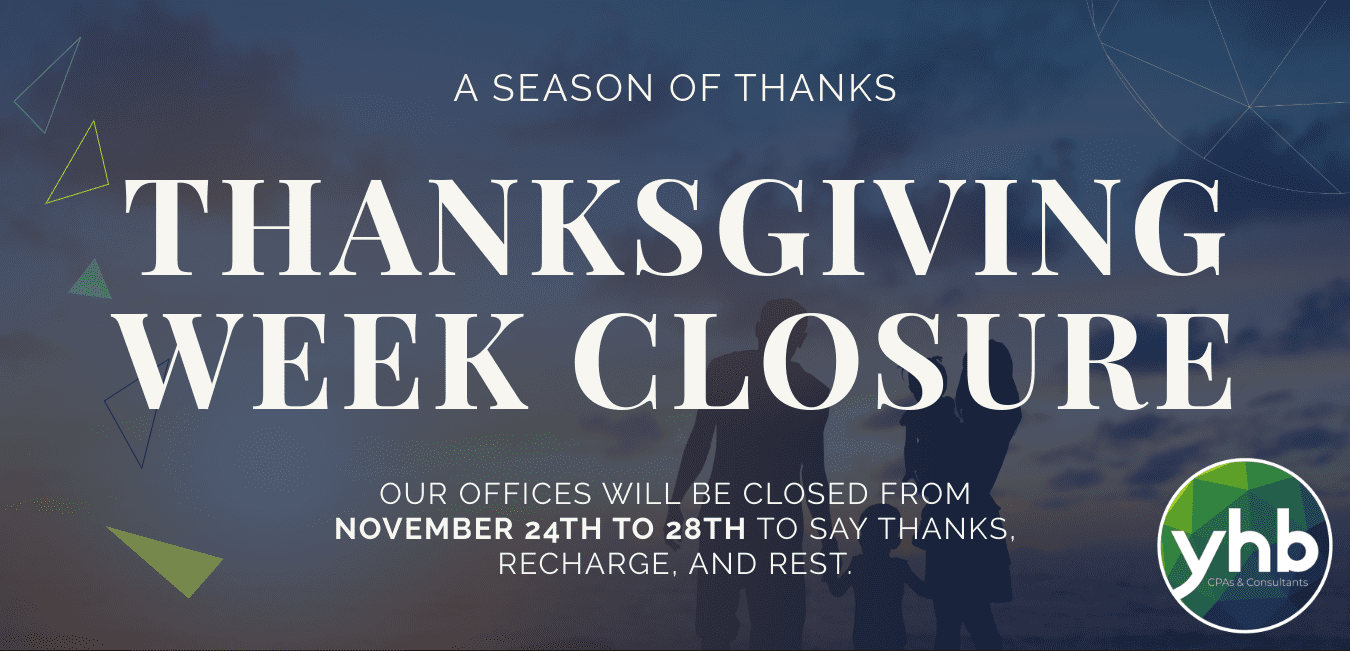As part of the terms and conditions of accepting Provider Relief Fund (PRF) payments, providers must comply with the reporting requirements established by the Health Resource and Services Administration (HRSA). As part of this requirement, providers must report on their use of PRF payments to ensure proper use of funds in adherence with the established guidelines.
Recipients are required to report for each Payment Received Period in which they received one or more payments exceeding $10,000, in the aggregate. As outlined in the table below, there are four Payment Received Periods. The date funding was received dictates which reporting period providers will be subject to. Any providers that received at least $10,000 from the PRF during the first half of 2020 fall in Period 1, which has a reporting deadline of September 30, 2021. With this deadline fast approaching, it is imperative providers start gathering the required data for submission. While the Department of Health and Human Services recently announced a 60-day grace period for this deadline, they are still recommending providers complete the reporting requirements by the original September 30, 2021 deadline, if possible. If a reporting deadline is missed (including the grace period), providers may be subject to repayment of the full amount of PRF payments received during that reporting period.
| Payments Received Period (Payments Exceeding $10,000 in Aggregate Received) | Deadline to Use Funds | Reporting Time Period | |
|---|---|---|---|
| Period 1 | April 10 – June 30, 2020 | June 30, 2021 | July 1 – September 30, 2021 |
| Period 2 | July 1 – December 31, 2020 | December 31, 2021 | January 1 – March 31, 2022 |
| Period 3 | January 1 – June 30, 2021 | June 30, 2022 | July 1 – September 30, 2022 |
| Period 4 | July 1 – December 31, 2021 | December 31, 2022 | January 1 – March 31, 2023 |
The PRF was established to reimburse healthcare providers for healthcare related expenses or lost revenues attributable to coronavirus. As such, to illustrate proper use of funding under the terms and conditions of the PRF program, providers will have to report on these two data elements. In addition, providers will need to report any other assistance received, such as Paycheck Protection Program loans, commercial payor reimbursements, and state/local grants. If any healthcare related expenses or lost revenues were reimbursed by other sources, those expenses and/or lost revenues do not qualify towards eligible use of PRF payments.
Healthcare related expenses attributable to coronavirus is a broad term and may cover a wide range of items. To be considered an eligible expense, the expenses must have been incurred to prevent, prepare for, and respond to coronavirus. Examples of some eligible expenses include masks, temperature monitoring devices, cleaning agents, telehealth software and hardware, ventilators, air filtration systems, expansion of workforce, and workforce training. Overall, when trying to determine if an expense is eligible or not, asking yourself a simple question can provide you the answer. If it weren’t for coronavirus, would I have incurred this expense? If the answer to that question is no, then the expense is likely directly attributable to coronavirus and is therefore likely an eligible expense under the PRF program.
If the amount of eligible expenses incurred is not equal to or greater than the total PRF payments received for a given period, providers will be required to report on lost revenues attributable to coronavirus for that period. There are three options for providers to choose from to calculate lost revenues:
- Option 1 – Actual patient care revenues
- Option 2 – Budgeted vs actual patient care revenues
- Option 3 – Any other reasonable method of estimating lost revenues
Option 1 will be the simplest method for providers to use. Under this option, providers will be required to submit actual patient care revenue, by payer type, for each quarter of 2019 and each quarter during the reporting period. Quarterly figures for the reporting period will be compared to the same quarter in 2019, which will act as the baseline measurement period. For example, Q1 of 2020 and 2021 will each be compared against Q1 of 2019. If any individual quarter shows a loss when compared to the corresponding quarter in 2019, that loss can be applied towards a providers use of the PRF payments. While Option 1 is the simplest method to calculate, each of the 3 options should be evaluated to determine which option produces the optimal results.
Eligible healthcare related expenses and lost revenues will be combined to ultimately determine if providers have properly used 100% of the PRF payments received for each period. If a provider is not able to show proper use of 100% of the PRF payments received, any unused portion is subject to repayment. Providers will have 30 days from the end of the reporting window to return any unused PRF payments.
While the deadline to use funds for Period 1 has already passed, if providers are subject to the reporting requirements for Periods 2, 3, or 4, there is still time to plan accordingly, to ensure eligible use of 100% of PRF payments can be achieved.
Our Healthcare team at YHB is available to provide guidance to providers on the reporting requirements and can also assist with planning opportunities, to achieve maximal use of PRF payments.
If you have any questions on the reporting requirements and/or use of PRF funds, don’t hesitate to contact us.



